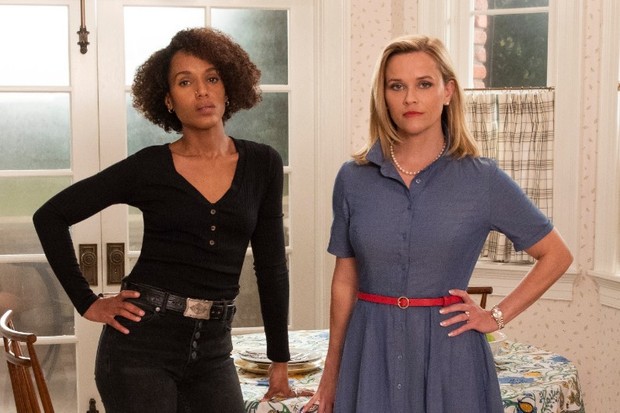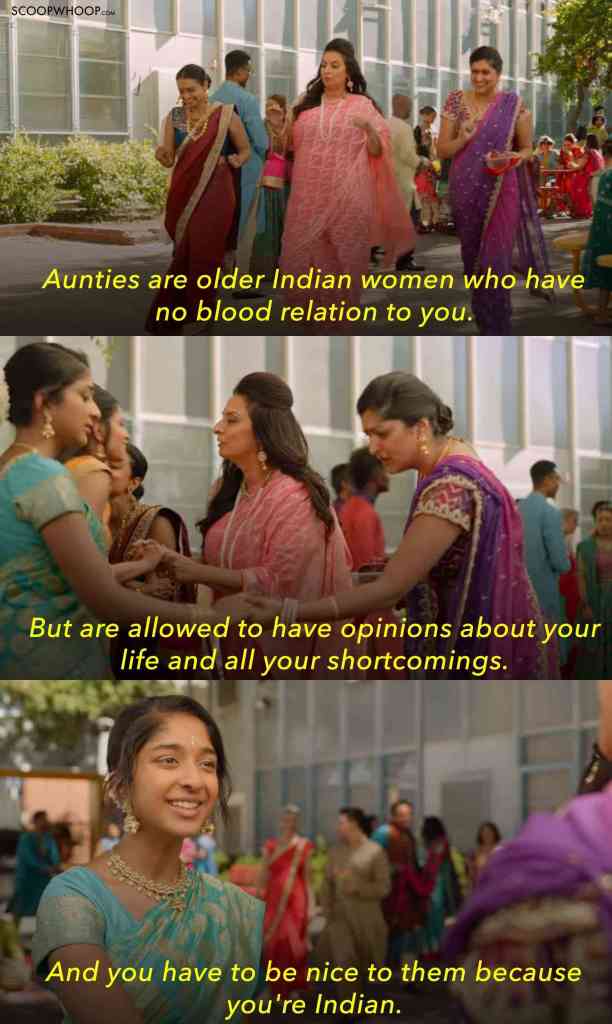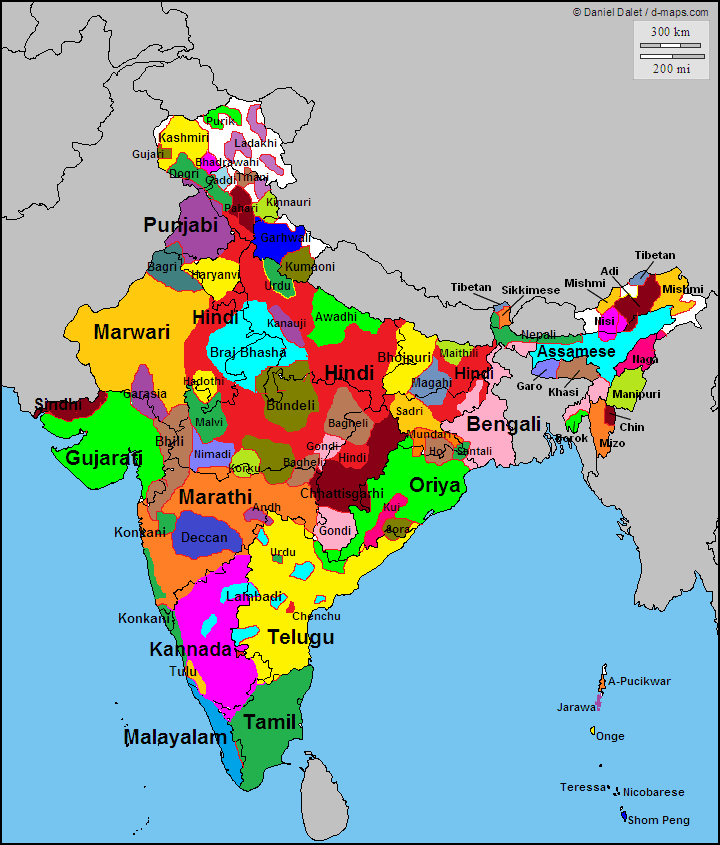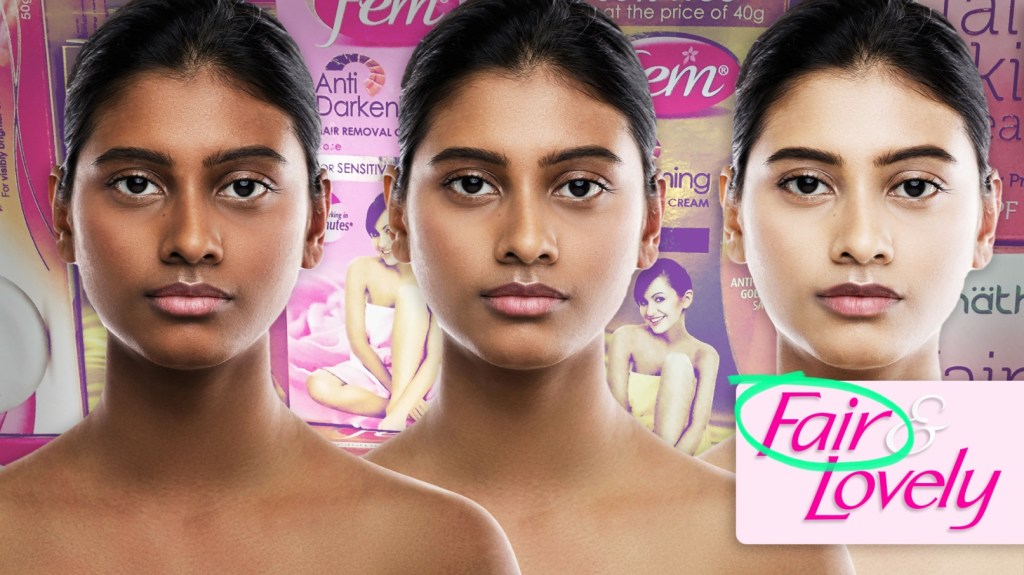Television and movies have exploded in terms of representation for minorities, especially for those like me of South Asian background. Never in my childhood would I have dreamed that I would see so many famous South Asian characters on regular, everyday TV! Not only did I not think this was a possibility as a child, but I did not even think about it. Period. There are a few reasons for this. Probably the main reason is that for South Asian kids growing up in the 80s and 90s in America, we had two different worlds of entertainment. There were Western music, movies, and TV, where we mostly saw white or black characters. And then there were Indian music and movies. Later on, we had access to Indian television channels too, but they never interested me because serials (Indian soap operas) made me run in the other direction. I personally LOVED watching Indian movies growing up. I watched a lot of Bollywood even though I was not fluent in Hindi (yay for subtitles!). Who could resist the sweeping love stories, glittering jewelry and costumes, and energetic dance numbers of a Bollywood movie? I also watched Malayalam films more sparsely, but I favored Bollywood for the entertainment quality. Aside from comedies, Malayalam films tend to be more cerebral, something I really value nowadays when I am extremely picky with what I spend my time watching! Because I had full access to Indian entertainment and saw Indian actors/actresses in this entirely separate but globally beloved space, I never thought twice about the lack of South Asian representation on the American screens.
Another reason I never wondered about this lack of representation was, I now realize, much more latent. To illustrate what I mean, I’ll give this example. A few years ago, a friend and I shared a brief discussion about the book “Little Fires Everywhere” which was later turned into a series on Hulu. We both loved the book, but she posed a question that really took me aback. She asked me what race I thought the characters were, as it was not clearly expressed in the book. I immediately realized that in my mind’s eye, the characters were white (aside from Bebe who is clearly Chinese). I felt ashamed of myself that this was my default mental setting when reading fiction, but I also felt simultaneously annoyed and angry at myself. I’m sure I would also assume these characters to be white if I grew up in India, but how did I do so while growing up in a multicultural society? And not just any multicultural society, but arguably the MOST multicultural society on the planet? And what’s more, I myself am not white. Sure, the names of these characters were Western, so I assumed they were not Indian or Asian or African, but simply basing race and ethnicity on a person’s name is as pointless as basing one’s intellect or worth on one’s race. This was a major turning point for me in recognizing and making an effort to clear away the ingrained concept that important and worthwhile stories only feature white characters. Amazingly, the Hulu adaptation featured a diverse cast (and it was so good!)
I love learning about how South Asian culture deeply impacted the upbringings, values, work ethic, and success of people like Mindy Kaling (writer/actor/producer/director), Payal Kadakia (founder of Class Pass), Vice President Kamala Harris, Jay Shetty (writer/podcaster), Nina Davaluri (former Miss America), Padma Laskhmi (model, TV personality, writer), Sanjay Gupta, Indra Nooyi (former CEO of PepsiCo), Abraham Verghese (author), Rupi Kaur (poet), and so many others in all fields of work around the globe. Now, in the last few years, seeing more and more actors, comedians, writers, and musicians from South Asian backgrounds in mainstream media has been absolutely delightful. I love shows like Never Have I Ever for integrating the common struggles of a child of immigrant parents making her way through the world of American high school in the modern era of cell phones and social media. And what’s even more remarkable to me is the diversity in how these actors and actresses LOOK on screen.
Anyone who is Indian knows that India itself is an extremely diverse country made up of multiple different states, numerous languages and even more dialects, religions, foods, dress, and customs. I think most people outside of the Indian culture are not aware of just how diverse Indian people are. As I mentioned above, even Indian film is diverse, with Bollywood being one of the largest and widely known about film industries in the world, but plenty of other Indian language film industries exist and thrive. One thing Indians share, unfortunately, is colorism.
If you look at most, if not all, famous Indian actors, models, and pageant winners, you will notice they are all light-skinned. They are fair enough to pass for not being Indian, in fact. Often times, and even more disturbing, darker actors will be cast as the villain. This favoring of light skin is deeply rooted in Indian culture, and it is something I loudly opposed since I was a teenager. I grew up just like any other Indian kid, being told to stay out of the sun and being poked fun at for my darker skin, by family and friends alike. Somewhere along the way, I realized this was total bullshit! I began to really question why there was such a focus on light skin (duh, colonialism) and really challenged anyone and everyone when they commented on my skin color in an effort to make fun or make me feel bad about myself. Young girls have enough self-image problems without adding an unchangeable feature of their appearance to the list! No matter how much Fair & Lovely I slather on, my skin just isn’t going to look like Aishwarya Rai’s. Nor should I feel bad about this!
Growing up in the 1990s/2000s and trying to convince my Indian friends and family that their viewpoint on skin color was silly at best and deeply harmful at worst was like screaming into an abyss. No one cared what I thought, for sure. No one wanted to answer my actual questions about why they thought this viewpoint was ok, either! I would be told upon opening the front door to a long-time “family friend” visiting my house, “Wow you got dark!” before she even said “hello.” I would hear family in India talking negatively about marriage prospects for their children because they were too dark. I would be chastised for not covering my body from head to toe at the beach, not for modesty’s sake, but to avoid the sun. I would see that familiar tube of Fair & Lovely in the bathroom day in and day out. I would see ads and magazine articles for skin-lightening methods. I would see how ALL of the actors on TV had white skin, and sometimes even blue or green eyes. I have been rejected for being “darker than a brown paper bag.” I have heard girls say they are “too dark” to wear a beautiful bright color. All of these moments have birthed in my being a deep, strong urge to resist this colorist stance and embrace my own color for its beauty and worth. And, most importantly, it has made me hyper-sensitive to making sure my own three daughters do not base their happiness or sense of self worth on their skin color.
All of this brings me to my main point today which sprung from watching season 2 of Bridgerton. This season features two British women of Indian ethnicity as the main characters. Both women are dark-skinned, much darker than any woman you would ever see on an Indian show or movie. I adore the fact that these women are being watched and admired for both their acting ability and their remarkable beauty across the entire world. I am sure some Indians will have their reservations and even their oppositions, for seeing such dark-skinned women can be unsettling to those who are used to holding light skin on a pedestal. And I am not saying there is anything wrong with casting fairer actors at all! I think the wide diversity of appearances should be celebrated on screen, similar to how well the Disney movie Encanto depicted the wide diversity of the Colombian people, from their skin color to their hair texture. Why can’t South Asians also begin to embrace this perspective and recognize that everyone deserves respect no matter what their skin tone? Especially in the recent movement of #BLM over the last two years, we simply cannot accept returning to our old ways of thinking. If we are going to stand up for one group of people who have been marginalized because of their skin color, then we sure as hell need to do the same for our own people.
I know there has been criticism about season 2 because of the history of British colonialism in India and the unrealistic story line of a white British viscount marrying an Indian woman in the early 1800s. Well, duh it’s unrealistic for that time frame! This is a fictional romance, not a historical drama, people. The same can be said of Season 1 which mixed black and white characters in a romance in the same time period. That just did not happen then, but neither were there classical music renditions of Rihanna songs playing, either! The diverse cast is one of the best parts about this show, in my opinion. It normalizes diversity for younger viewers, something I only wish I witnessed when I was younger. I also know there is criticism about inaccuracies in the Indian culture. For instance, one BBC article mentions how Edwina calls her sister Didi (“older sister”) while Kate calls Edwina Bon (a term for “sister” in another language). Both actresses are of South Indian background, but their last name in the show is Sharma, which is North Indian. However, nothing in the story dictates the characters themselves are South Indian. They are simply from Bombay where Indians from all over Indian reside. I myself did not know that Bon meant sister, but this was just a way for me to learn more about the beautiful and varied cultures of India. This is definitely a positive attribute in my opinion, for if other people around the world are curious to learn more about Indian culture aside from drinking turmeric lattes and eating chicken tikka masala, then wonderful! Then maybe less people will ask silly questions like, “Do you speak Indian?” and rather refine their questions to more educated ones like “Which Indian language do you speak?”
If you’ve made it this far, thank you for taking the time to listen to my thoughts! I have spoken about colorism and racism in other posts, if you are interested to read more:
Role Daughters for My Daughters: Lupita Nyong’o
Beauty and the Marketing Beast: Why I Can’t Love Dove
Role Models for My Daughters: Mindy Kaling







Oh, it’s me! I’m the friend! What a fascinating discussion we had about Little Fires Everywhere. The show was really good and I loved the diverse cast.
People are so interesting — A few years ago, I was speaking with someone about the Fantastic Beasts movie and I said I was not going to watch it because it was a mainly white cast. This person laughed and said “well it was mostly white during that time.” It’s… a fictional story about magical beasts…were they also around during the time? It’s a completely insane and laughable argument to have with me. Lack of diversity = time period. What about the magical creatures?
My only Bridgerton criticism for season 2 is lack of steam sex scenes. Everything else was brilliant – loved the clothes and jewelry and the Sharma family.
LikeLike
Thank you for this lol! Yes you were totally the friend!!!
Also – “It was mostly white during that time” is a great title for a book about colonialism LOL.
LikeLike
Good info. Lucky me I discovered your website by accident (stumbleupon). I have book marked it for later!
LikeLike
Thank you so much!
LikeLike